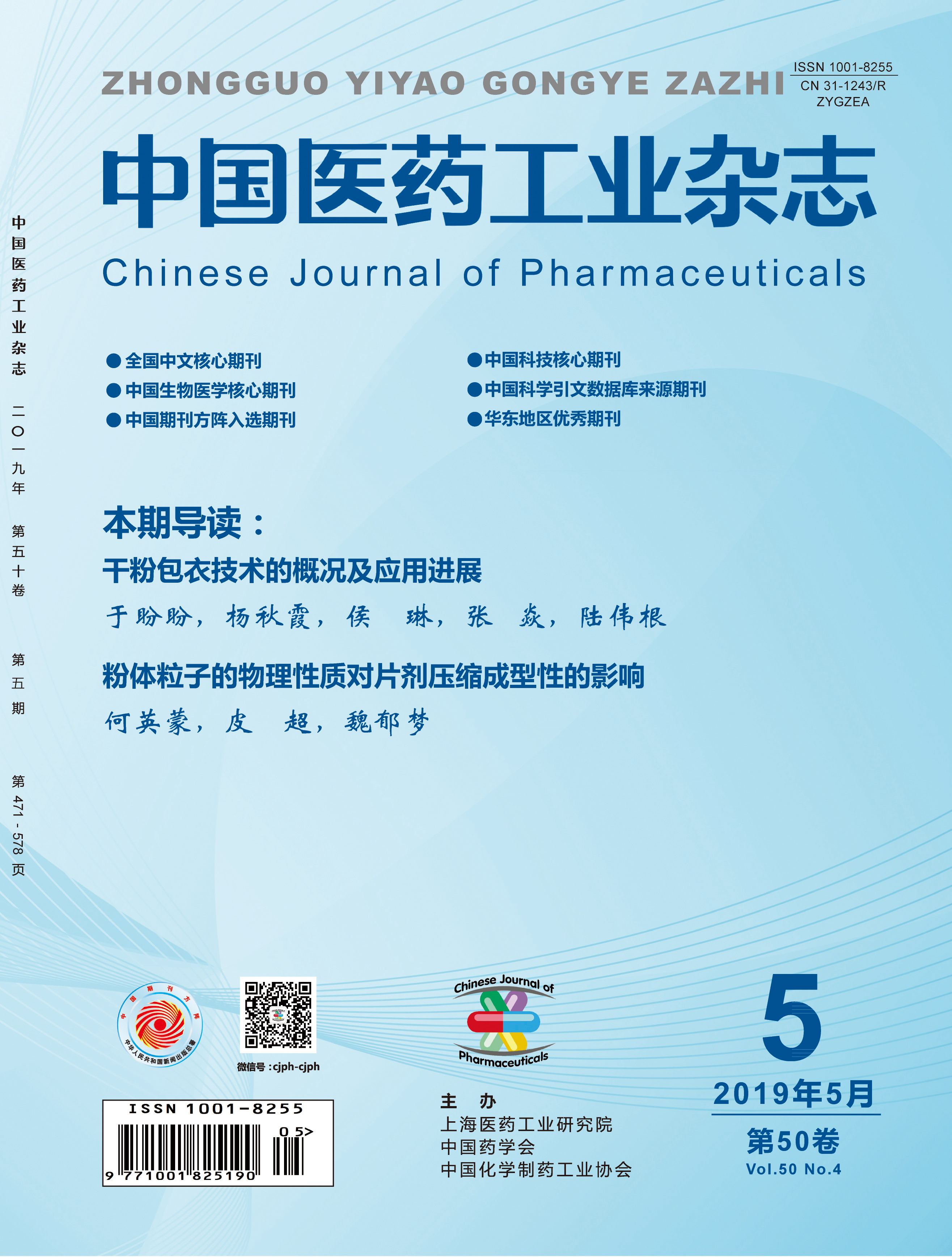Perspectives & Review
HE Yingmeng, PI Chao, WEI Yumeng*
Tablets are the most common solid dosage form due to their advantages of high-precision dosing, manufacturing efficiency, and patient compliance. The preparation of tablets is a typical compaction process of powders. Compaction, an essential manufacturing step in the manufacture of tablets, includes compression (i.e., volume reduction and particle rearrangement) and consolidation (i.e., interparticle bond formation). Two of the important indicators for evaluating the compaction process are the compressibility and tablet forming ability (formability), which are largely affected by the physical properties of compressed powder particles. Therefore, physical property of tablet materials is an important part of the research content of tablet compression molding. On the one hand, the drug powder particles, which have the smaller particle size, larger specific surface area, rougher and more irregular surface, have good compressibility and formability. On the other hand, these factors sometimes would increase the friction and adhesion between particles, therefore reduce the fluidity of powder particles, and affect the quality of tablets. Thus, in order to produce consistently robust tablets, it is crucial to understand the relationship between the physical properties of powder particles (particle size, particle size distribution, particle morphology, specific surface area and crystal form) and the compressibility and formability of tablets. Through retrieving the relative literatures from PubMed, CNKI, CQVIP and WANFANG databases with “powder particle of drug”, “compressibility and formability”, “particle size” and “particle size distribution” as keywords, this paper mainly reviews the effects of physical properties of powder particles on compressibility and formability of tablets, so as to provide references for the design and development of tablets.
